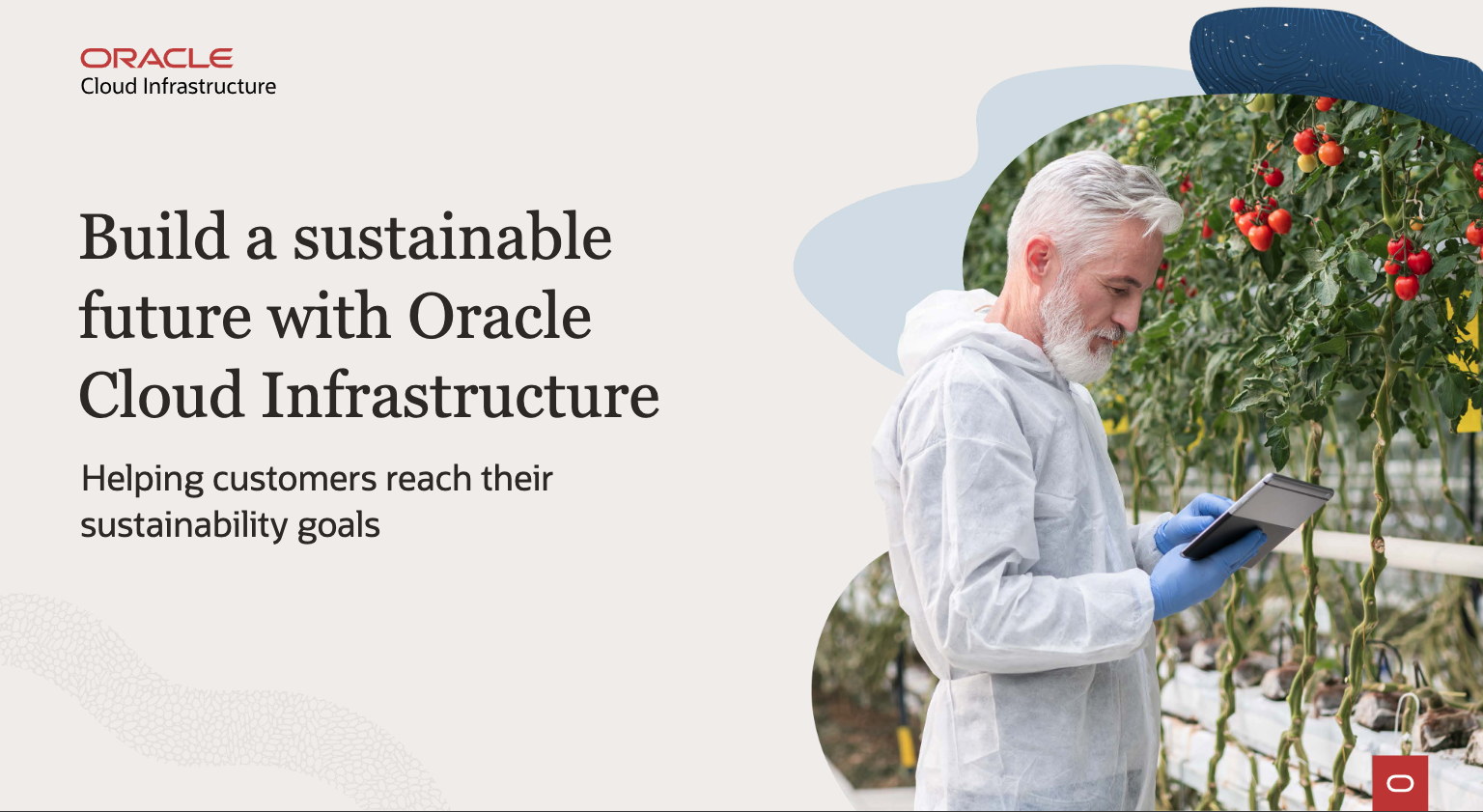Climate change continues to pose an existential threat, creating a wide array of economic, health, and social risks. The Intergovernmental Panel on Climate Change (IPCC) of the United Nations released a new report highlighting key climate concerns for countries globally. The report shows that we must massively reduce carbon dioxide and greenhouse gas (GHG) emissions by 2030 to keep warming below the commonly accepted 1.5°C above pre-industrial temperature and avoid the worst effects of climate changes.
The COP26 UN Climate Change Conference has also underlined the intensity of the growing climate emergency. At the conference, it was made clear that focused and urgent action is required by all individuals, governments, and businesses to collectively reach carbon net zero. Carbon net-zero refers to a state in which the GHG going into the atmosphere is balanced by the amount of carbon being emitted from the atmosphere. The goal is to achieve net-zero by 2050, which means the time to act is now.
How can we move toward net-zero?
There are various pathways to net-zero. One is to directly reduce your amount of fossil fuel use and transitioning to renewable energy production. Other practices are to take concrete action to restore damaged landscapes, plant more trees, and recycle as much as possible. Businesses investing in technology for better governance, cleaner, and optimized operations and supply chain will also help to reach net zero. Technology leaders, including CIOs and other IT executives, can take a leading role in contributing to the net zero goals of their organizations by moving their on-premises applications to the public cloud.
The cloud is the “green lining”
Migrating to a public cloud is already a cleaner and greener option as companies do not need to own and maintain a physical hardware or worry about disposing or recycling it. Moving workloads to a public cloud offers flexible resources and the ability to scale workloads as needed. With less hardware running fewer workloads, power consumption and carbon emission are reduced drastically. Analyst organization IDC says continued adoption of cloud computing can prevent the emission of more than 1 billion metric tons of carbon dioxide from 2021 to 2024.
Undoubtedly, there is a clear intersection of cloud and substantiality initiatives. But the catch is that the data centers of public cloud vendors need electricity to power them and have a carbon footprint of their own. This is where greener, sustainable cloud computing comes in. Sustainable computing requires energy-efficient infrastructure, optimized operations aligned to the circular economy, and tracking sustainability metrics. Enterprises embarking on a sustainable cloud journey need to consider a provider’s corporate investments in renewable energy generation, the reusability and recyclability of data center hardware, and advanced analytics for better management of asset operations.
What makes a cloud provider green?
Several important criteria characterize a green cloud provider. Enterprises should keep these considerations in mind while evaluating how green a cloud provider is:
- Environmental practices and policies of the cloud service providers
A lot of considerations go in providing sustainable cloud services, from the use of energy-saving equipment to the use of renewable energy and the implementation of facility-wide mandates to minimize GHG emissions. Companies should have a good understanding of their provider’s systems, policies, and procedures for its data center to improve sustainability performance, meet legal requirements and achieve continual improvement across the organization and supply chain.
- Power sources for data centers
A cloud data center requires storage and networking equipment, power distribution, and cooling systems—all of which cumulatively consume a lot of energy. Renewable energy sources such as solar, wind, and hydropower play a vital role in generating electricity while reducing GHG emissions significantly when compared to carbon-based power generation methods. Gauge how the provider runs its data centers and their usage of renewable energy to better understand the providers sustainability efforts.
- Data center facility management and equipment
The delivery of cloud services depends on the equipment and the facility that houses it. Sustainable procurement strategies, responsible end-of-life disposition of relevant hardware, measuring efficiency metrics like performance utilization effectiveness (PUE), and water utilization efficiency (WUE) against established efficiency goal provide a better understanding of cloud providers sustainability attributes
Secure a sustainable future with Oracle Cloud Infrastructure
Oracle Cloud Infrastructure (OCI) offers a more sustainable alternative for organizations looking to minimize their environmental impact. OCI manages and maintains a very dense computing environment, attaining much higher utilization rates than an organization can achieve with an on-premises system. Oracle Cloud further reduces its carbon footprint by leveraging state-of-the art cooling and energy efficient technologies in its data centers. Oracle designs and develops its products for circularity, uses technology to improve efficiency, and reduces reliance on single use plastics. Since Oracle reuses and recycles 99.5% of its retired hardware, we are meeting our customers’ ambition of creating a more circular economy.
To learn how the ‘right green’ cloud partner can help your journey towards sustainability, read the ebook: Build a sustainable future with Oracle Cloud Infrastructure.
